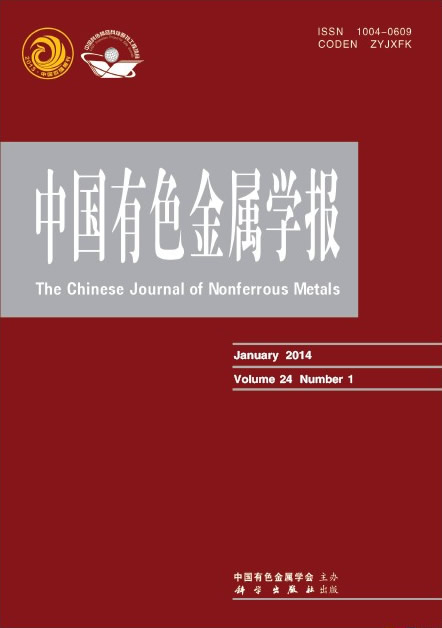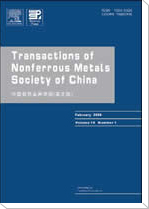( 1. 清华大学 机械工程系, 北京 100084;
2. Department of Mechanical Engineering, University of Waterloo,
Waterloo, Ontario, N2L 3G1, Canada)
摘 要: 建立了铝合金电阻点焊过程数值模拟的有限元分析模型,考察了焊接过程中电极与试件界面上接触半径的变化, 以及电极尖端表面上电极压力、 电流密度和温度的分布。 结果表明: 所考察的焊接条件下, 接触半径在焊接过程中逐渐增大,电极端面的中部温度最高, 而电极压力和电流密度均在接触区边缘集中。 实验研究发现电极表面上最初的点蚀部位呈环形, 其半径与接触区半径基本一致, 由此推断, 环状电极点蚀主要是接触区边缘明显的应力集中所致。为减少电极点蚀提高电极寿命, 电极的形状设计应使电极与工件接触界面上的应力集中尽可能减小。
关键字: 电阻点焊; 铝合金; 电极点蚀; 应力集中; 温度分布; 有限元法
( 1. Department of Mechanical Engineering, Tsinghua University, Beijing 100084, China;
2. Department of Mechanical Engineering,
University of Waterloo,Waterloo, Ontario, N2L 3G1, Canada)
Abstract: A finite element analysis model was constructed to simulate resistance spot welding process of aluminum alloys. The variation of contact radius, the distribution of stress, the current density and temperature at the electrode tip surface were calculated. The results show that during welding process the contact radius increases gradually, the highest temperature is always located at the center of the electrode tip surface, while the electrode stress and current density both concentrate at the edge of contact region. Experiments indicate that the initial pitting is in a ring form with a radius pretty close to the radius of the contact region. It is deduced that the ring form pitting can be attributed to the significant stress concentration at the periphery of contact region. To prevent pitting from occurrence and improve electrode life, the appropriate electrode design should mitigate the stress concentration at the electrode/workpiece interface.
Key words: resistance spot welding; aluminum alloy; electrode pitting; stress concentration; temperature distribution; finite element method


